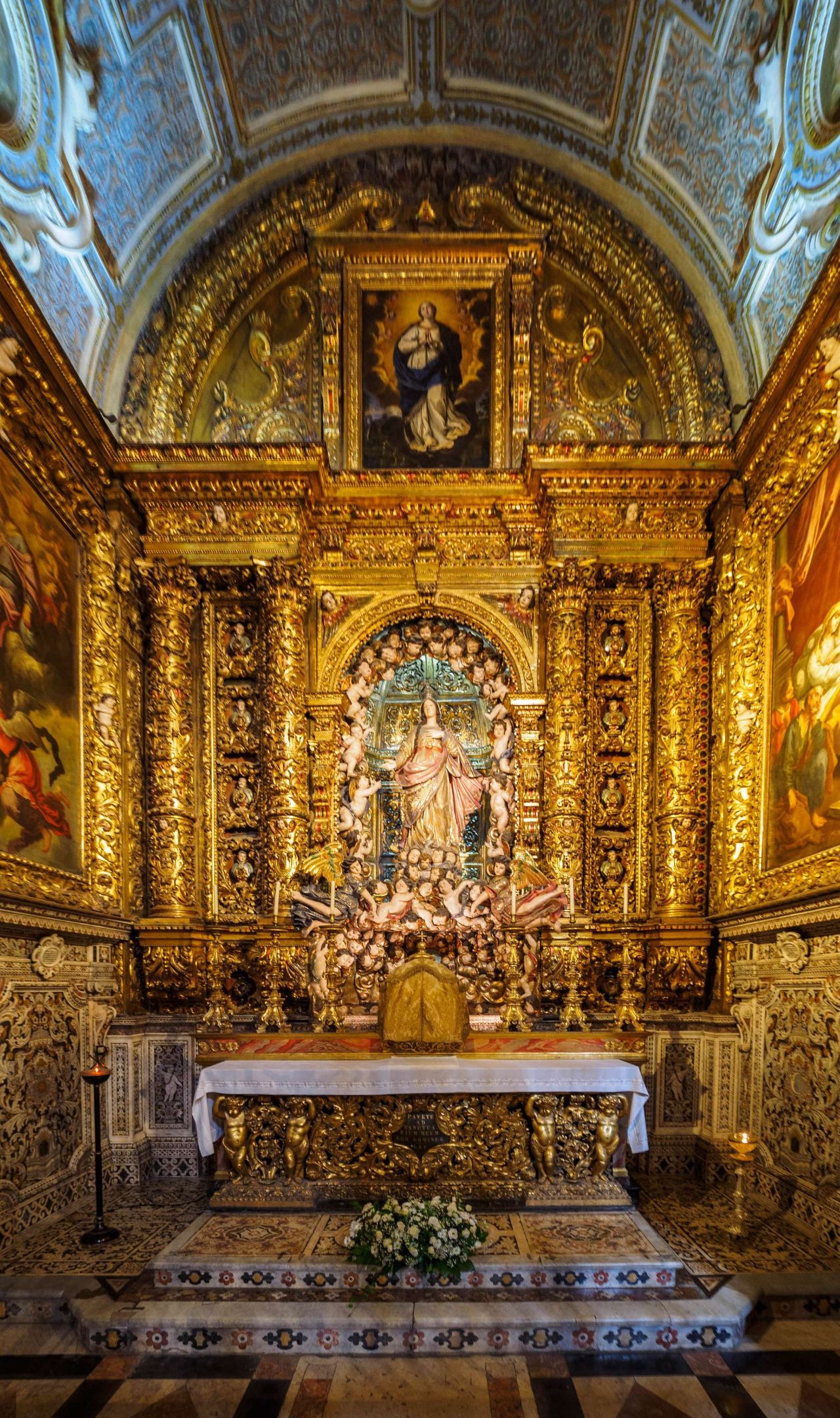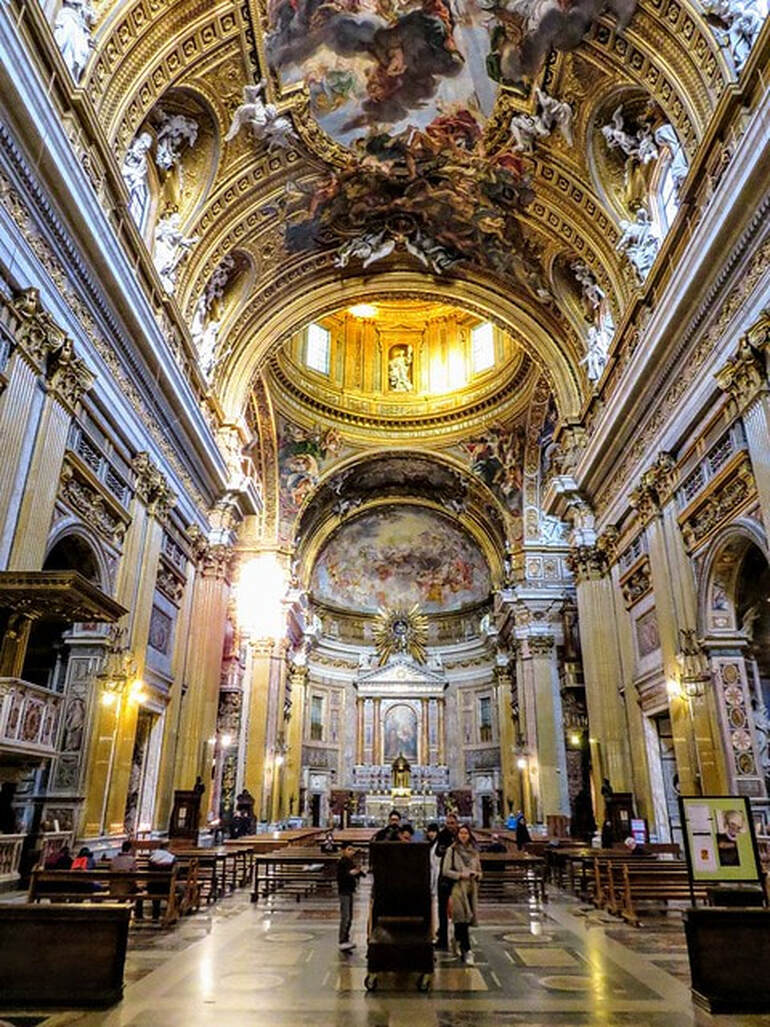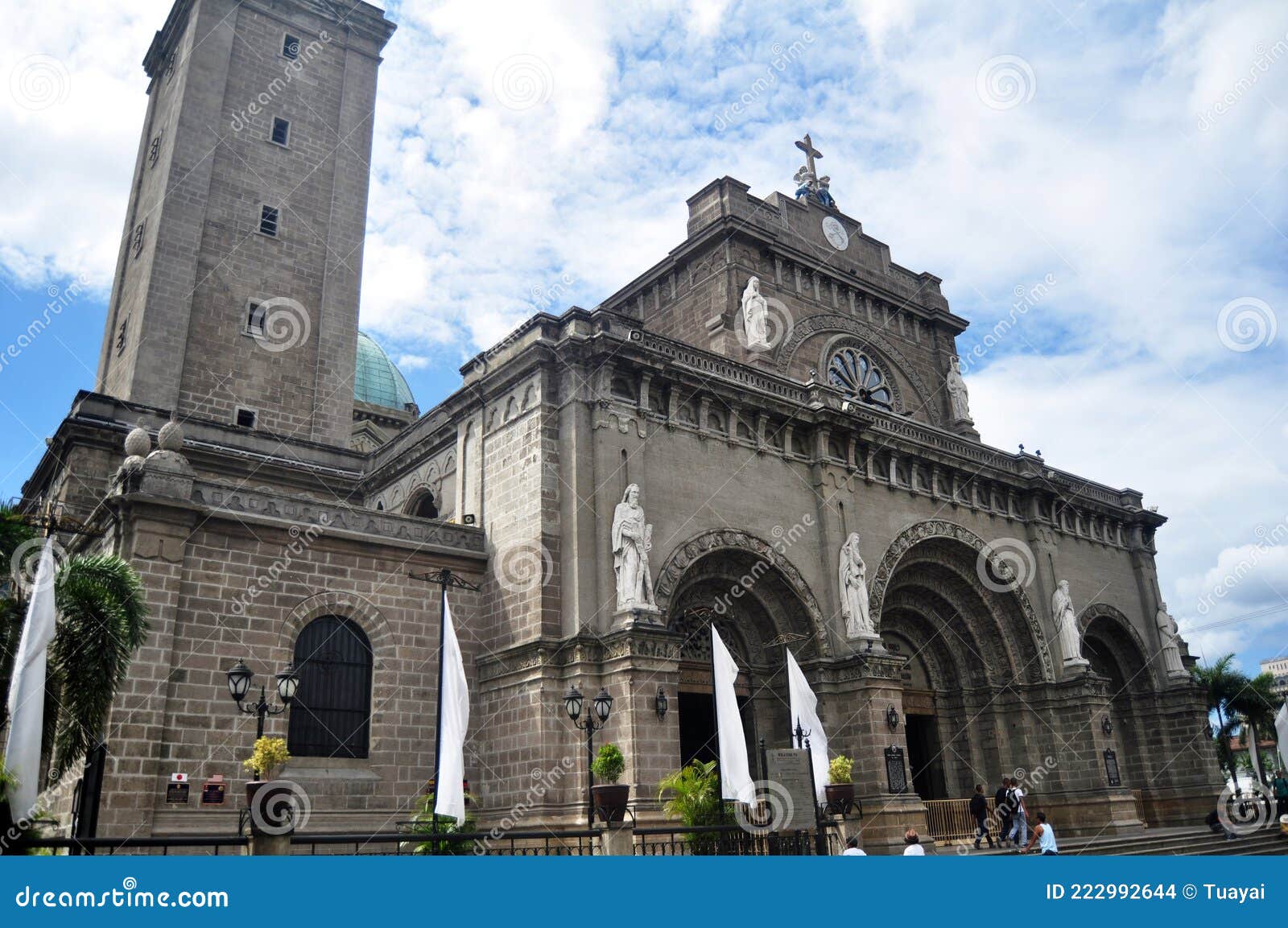Cathedral of Santiago de Compostela
Roman Catholic
4.7 (79385 reviews)
Founded in 1075
The Cathedral of Santiago de Compostela is the reputed burial-place of Saint James the Great, one of the apostles of Jesus Christ. It is the final destination of the Way of St. James pilgrimage route and a masterpiece of Romanesque architecture with later additions in Gothic and Baroque styles. The Botafumeiro, a large incense burner, is a famous feature.
About
The Cathedral of Santiago de Compostela is the reputed burial-place of Saint James the Great, one of the apostles of Jesus Christ. It is the final destination of the Way of St. James pilgrimage route and a masterpiece of Romanesque architecture with later additions in Gothic and Baroque styles. The Botafumeiro, a large incense burner, is a famous feature.
History
Construction began in 1075 on the site of a previous church. The Cathedral has undergone numerous renovations and expansions over the centuries, resulting in a blend of architectural styles.
Founded
1075
Denomination
Roman Catholic
Architectural Style
Romanesque, Gothic, Baroque
Historical Status
UNESCO World Heritage Site
Contact Information
Community Outreach
Senior Programs
[]
Facilities & Amenities
Accessibility
Wheelchair Accessibility
Yes
Hearing Assistance
Yes
Amenities
Restrooms
Yes
Cafe/Bookstore
Yes
Children Area/Nursery
No
Transportation
Parking
No
Public Transport
Yes
Visitor Guidelines
Photography
Yes
Dress Code
Yes
Entry Fee
No
Visitor Information
Best Visiting Times
Morning, Weekdays
Tourist Friendly
Limited
Mobile App Support
Not available
Pilgrimage Information
Yes
Reviews & Ratings
4.7
Based on 79.39k reviews
No reviews yet
Blog Post
Cathedral of Santiago de Compostela: A Pilgrim's Guide to Spain's Sacred Masterpiece
The Cathedral of Santiago de Compostela, located at Praza do Obradoiro, s/n, 15704 Santiago de Compostela, A Coruña, Spain, stands as a testament to faith, history, and architectural brilliance. As the reputed burial place of Saint James the Great, one of Jesus Christ's apostles, this magnificent cathedral draws pilgrims and tourists alike. Declared a UNESCO World Heritage Site, the cathedral is more than just a religious building; it's a living embodiment of centuries of history and a central figure in the famed Pilgrimage route, the Camino de Santiago. This guide provides everything you need to know to plan your visit to this iconic landmark.
A Journey Through Time: The History of the Cathedral
The story of the Cathedral of Santiago de Compostela begins long ago. Construction on the present structure commenced in 1075, built upon the site of a pre-existing church believed to house the remains of St. James. The original Romanesque design has been augmented and adapted throughout the years, creating a captivating blend of architectural styles. This historical journey is etched into every stone, vault, and sculpture within the cathedral walls. Its significance as a site of pilgrimage has shaped the region's culture and identity for centuries, solidifying its place as a spiritual heart of Spain.
Architectural Grandeur: Romanesque, Gothic, and Baroque
The architectural tapestry of the Cathedral of Santiago de Compostela is rich and diverse, showcasing the evolution of styles over centuries.
- Romanesque Beginnings: The initial construction embodies Romanesque characteristics with its sturdy arches, massive walls, and harmonious proportions. Look for these classic features in the older sections of the church.
- Gothic Flourishes: Later additions brought Gothic elements, including soaring vaults and intricate details, adding a touch of lightness and verticality to the Romanesque foundation. Notable Gothic features add to the grandeur.
- Baroque Splendor: The iconic facade facing Praza do Obradoiro is a testament to Baroque artistry. Its elaborate ornamentation, dynamic forms, and dramatic interplay of light and shadow contribute to the cathedral's majestic presence. The Baroque facade is particularly impressive.
Key architectural features include Romanesque arches, Gothic vaults, and the Baroque facade. The presence of stained-glass windows adds to the overall splendor.
Notable Features: The Heart of the Cathedral
The Cathedral of Santiago de Compostela boasts several remarkable features that make it a truly unique and unforgettable destination:
- The Botafumeiro: Perhaps the most famous feature, the Botafumeiro is a massive incense burner that swings dramatically across the transept during certain services. This awe-inspiring spectacle is a must-see, filling the cathedral with fragrance and wonder.
- The Portico of Glory: A masterpiece of Romanesque sculpture, the Portico of Glory stands as a gateway to the cathedral. Its intricate carvings depict biblical scenes and figures, showcasing the skill and artistry of its creator, Master Mateo.
- The Tomb of St. James: Located beneath the high altar, the tomb of St. James is the heart of the cathedral and the ultimate destination for pilgrims on the Camino de Santiago. This sacred space offers a place for reflection and prayer.
Planning Your Visit: Information for Tourists and Pilgrims
Planning a visit to the Cathedral of Santiago de Compostela? Here's what you need to know:
- Address: Praza do Obradoiro, s/n, 15704 Santiago de Compostela, A Coruña, Spain
- Entry Fee: Free (although donations are welcome)
- Tourist Friendly: Yes
- Photography Allowed: Yes (but be respectful during services)
- Dress Code Required: Yes (shoulders and knees should be covered)
- Best Visiting Times: Morning, Weekdays (to avoid crowds)
While service schedule information is not readily available, it is advisable to check the official website or inquire locally for details on Mass times and special events. The cathedral offers services in both Spanish and Galician.
Accessibility and Facilities
The cathedral strives to be accessible to all visitors:
- Wheelchair Accessible: Yes, with ramps and elevators available. Note that some areas may have limited access for those with mobility issues.
- Public Transport Nearby: Yes, Santiago de Compostela is well-connected by public transport.
- Restrooms Available: Yes
- Hearing Assistance: Yes
- Cafe/Bookstore: Yes, offering refreshments and souvenirs.
- Gift Shop: Yes, for purchasing religious articles and mementos.
- Bulletin Available: Yes
Practical Visitor Tips
Make the most of your visit with these helpful tips:
- Wear Comfortable Shoes: You'll be doing a lot of walking!
- Arrive Early: Especially during peak season, to avoid long queues.
- Be Respectful: Remember this is a place of worship.
- Attend a Mass: Experience the spiritual heart of the cathedral.
- Take a Guided Tour: Learn more about the history and art.
- Consider Volunteering: As a guide, for maintenance, or in the choir.
- Sign up for the newsletter to stay updated.
- Check the website available and social media presences on Facebook and Instagram for the latest information.
Services Offered
The Cathedral provides a range of services to both pilgrims and regular churchgoers. The services include Mass, Confession, and Pilgrimage Reception. Confession is available. Although times aren't available, the languages spoken are Spanish and Galician. Note that live-streaming is available. The choir music type is Traditional Catholic. You can also give online giving.
Pilgrimage Destination
The Cathedral of Santiago de Compostela is the ultimate pilgrimage destination for those walking the Camino de Santiago. Upon arrival, pilgrims can receive a Compostela, a certificate of completion, as proof of their journey.
Annual Festivals
The annual festivals include the Feast of St. James (July 25), a significant celebration for the city and the cathedral.
Nearby Attractions and Travel Information
While visiting the Cathedral, be sure to explore other nearby attractions:
- Praza do Obradoiro: The grand square in front of the cathedral, a hub of activity and a great place to soak in the atmosphere.
- Monastery of San Martiño Pinario: A Benedictine monastery with impressive architecture and history.
- Museo do Pobo Galego: Explore Galician culture and heritage at this fascinating museum.
Santiago de Compostela is easily accessible by air, train, and bus. The nearest airport is Santiago–Rosalía de Castro Airport (SCQ). The parking available is No.
Other Roman Catholic Nearby

Church of Saint Roch
Largo Trindade Coelho, 1200-470 Lisboa, Portugal
4.6

Chiesa del Gesù
Piazza del Gesù, 00186 Roma RM, Italy
4.8

Chiesa del Gesù
Piazza del Gesù, 00186 Roma RM, Italy
4.8

Basilica of San Clemente
Piazza di S. Clemente, 00184 Roma RM, Italy
4.7

Basilica of San Clemente
Piazza di S. Clemente, 00184 Roma RM, Italy
4.7

Minor Basilica and Metropolitan Cathedral of the Immaculate Conception - Manila Cathedral
Cabildo, 132 Beaterio St, Intramuros, Manila, 1002 Metro Manila, Philippines
4.7